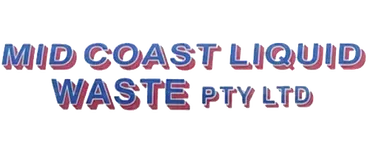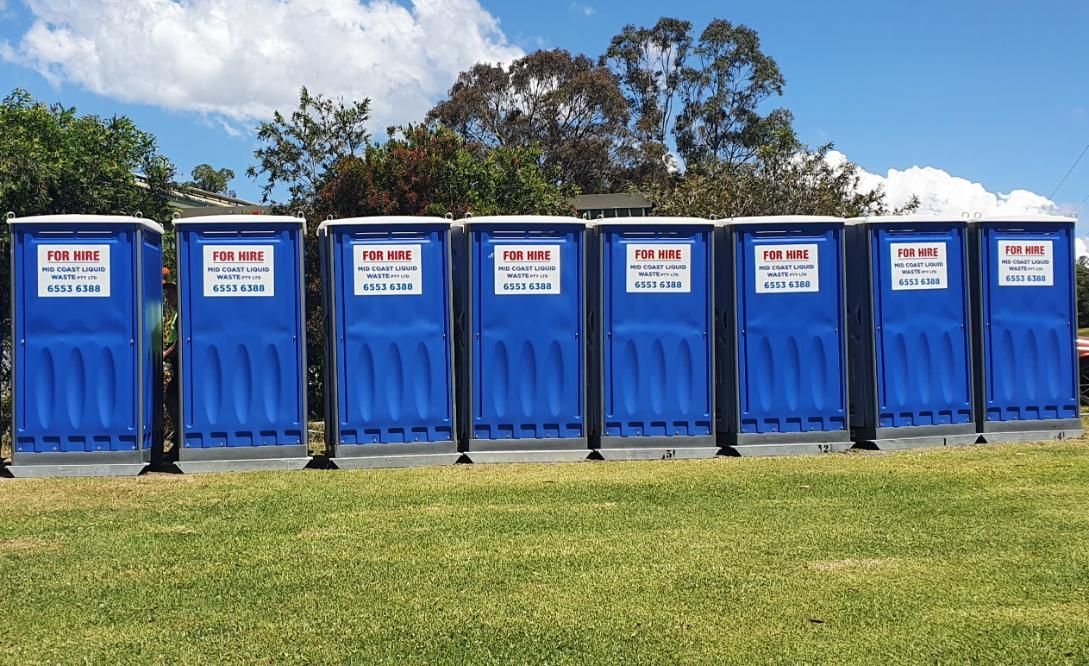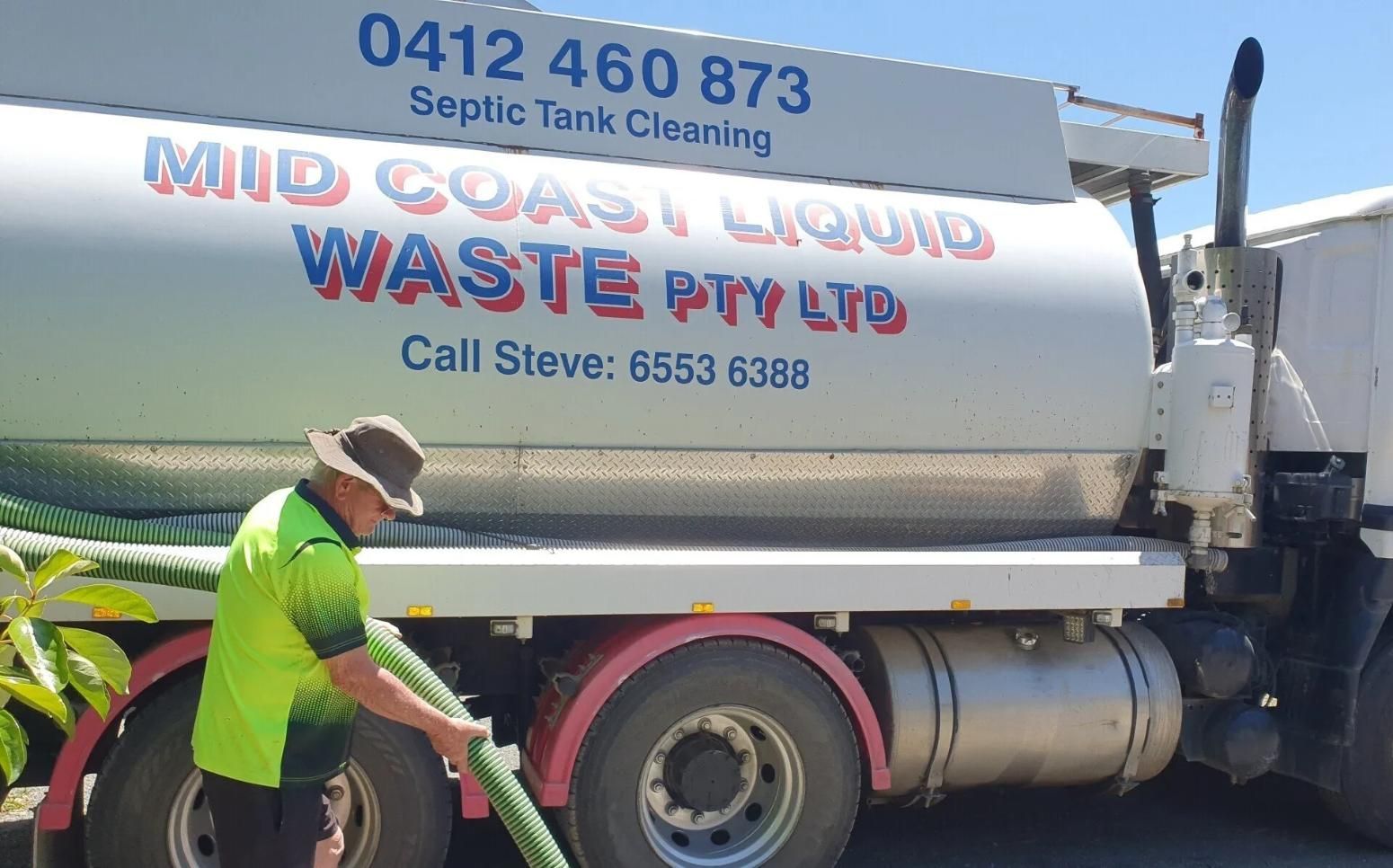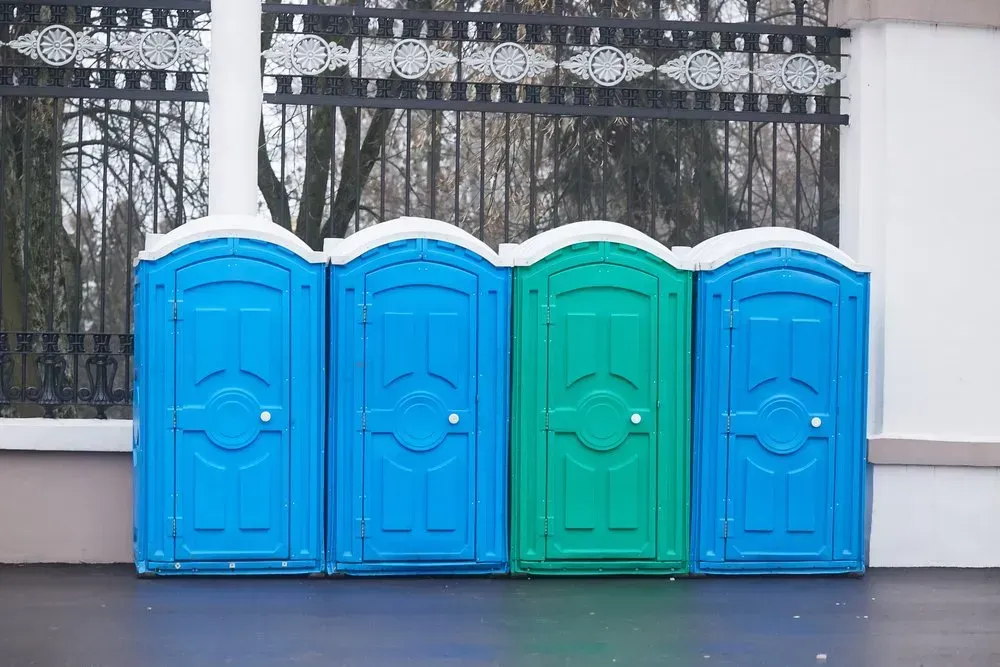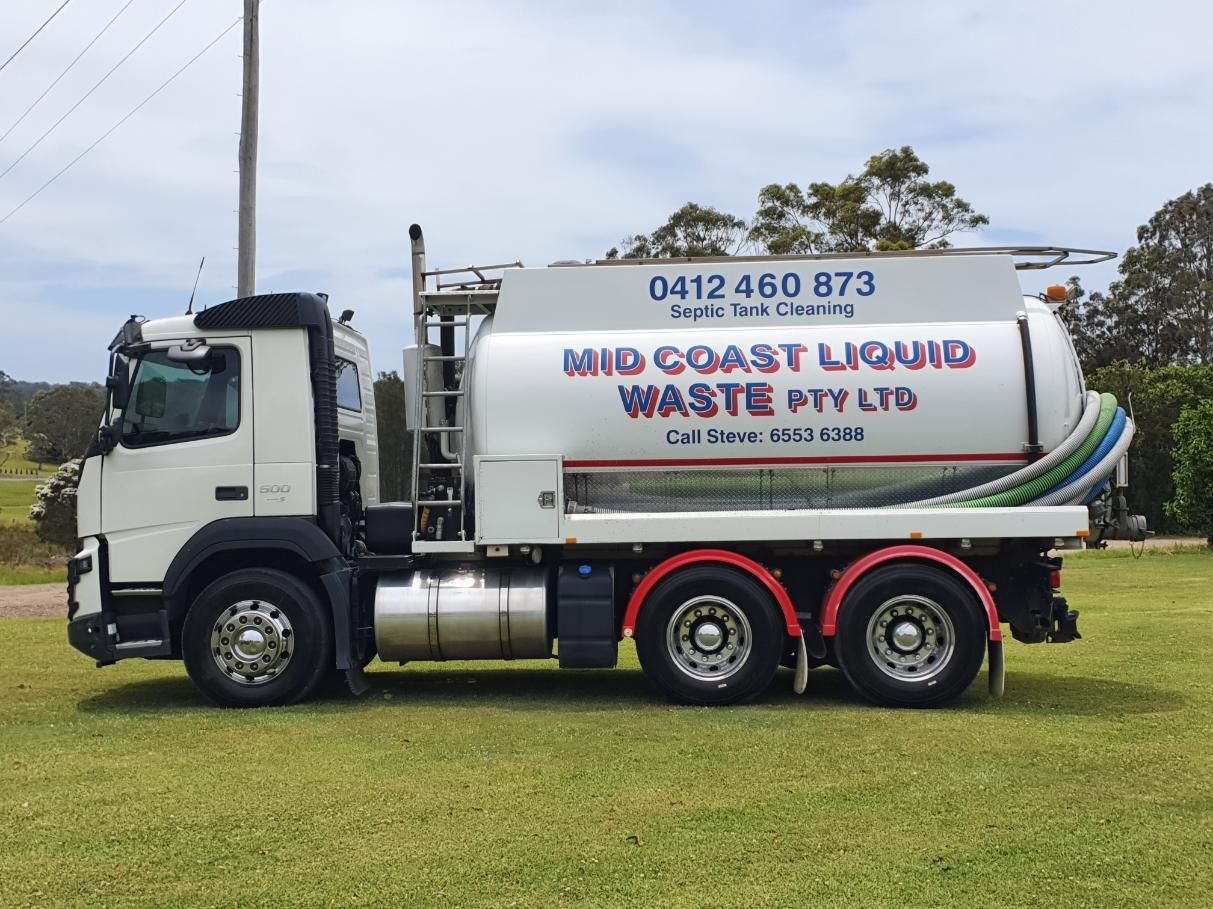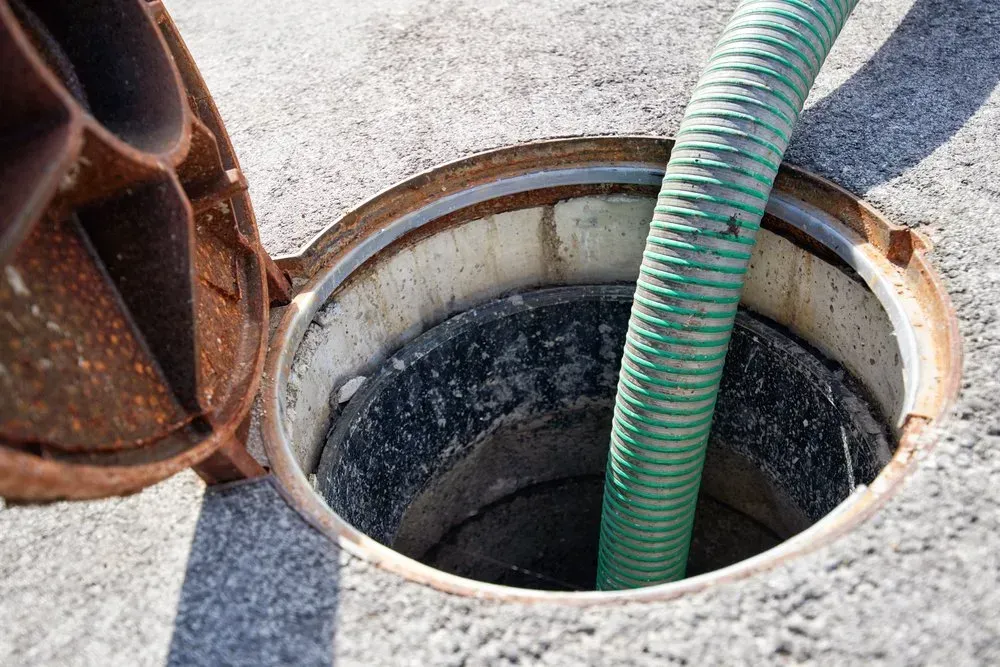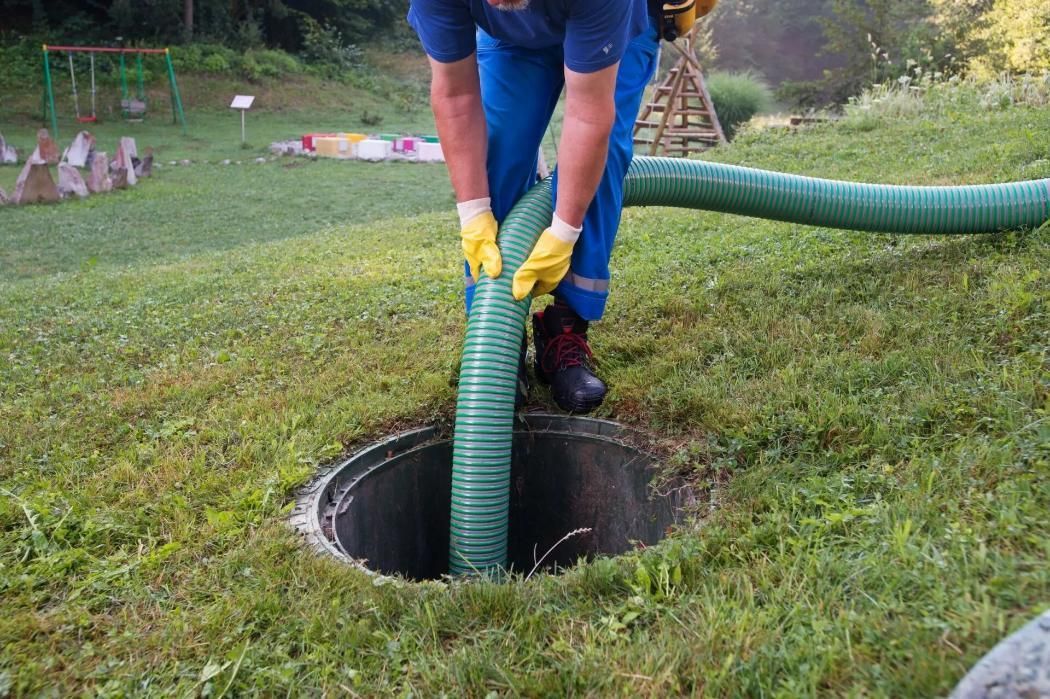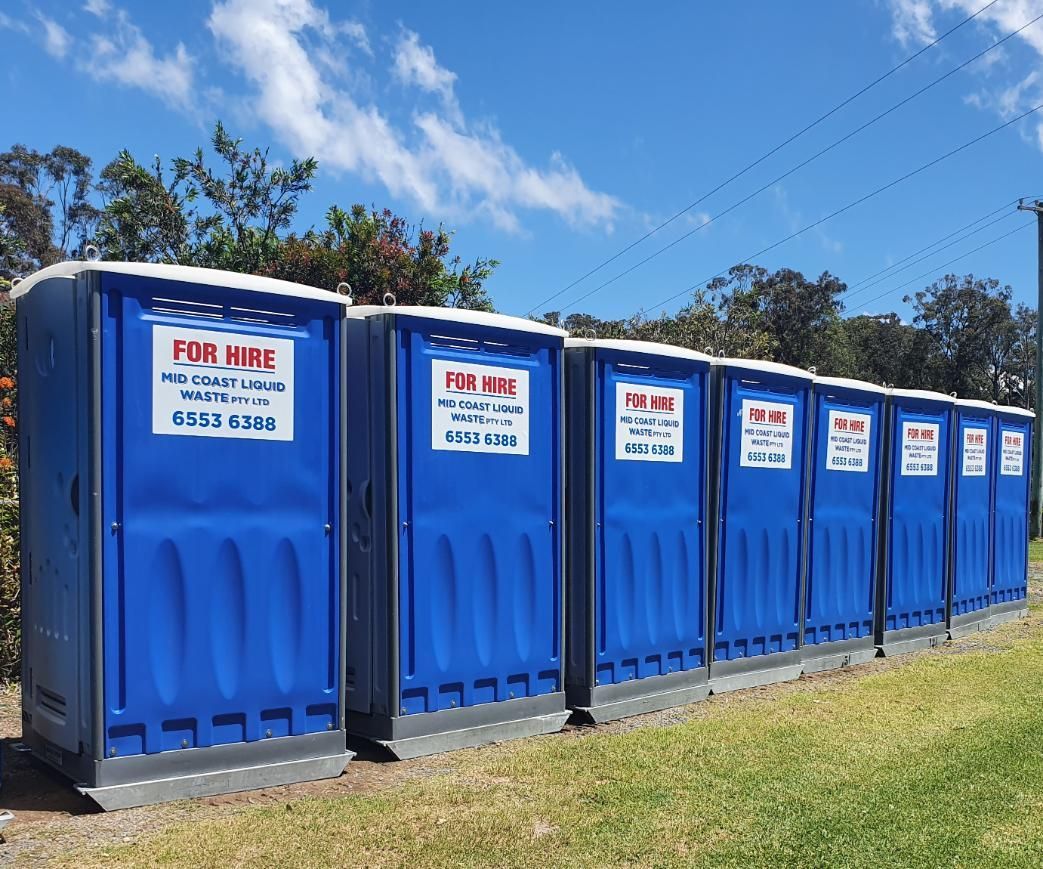FAQs
Frequently Asked Questions
If you're new to managing a septic system, booking a liquid waste removal, or hiring a portaloo, our FAQs are here to help. Below you'll find clear answers to some of the most commonly searched questions about wastewater, septic systems, and related services. If your question isn’t answered here, it’s always best to contact a licensed professional for tailored advice.
What’s the difference between greywater and blackwater?
Greywater and blackwater are two types of wastewater generated in a household or business. Greywater is wastewater from non-toilet sources like showers, bathtubs, bathroom sinks, washing machines, and laundry tubs. It contains fewer pathogens and is often reused in treated form for irrigation or toilet flushing. Blackwater, on the other hand, comes from toilets and kitchen sinks, containing human waste and organic contaminants. Because of the high bacterial content, blackwater must be treated with more rigorous methods and cannot be reused without advanced processing. Understanding the difference is essential for managing waste effectively, especially on rural properties with on-site treatment systems.
How does a septic system work?
A septic system is a self-contained wastewater treatment structure used in areas without access to municipal sewer systems. It typically consists of a septic tank and a drainage field (or leach field). Wastewater flows into the tank, where solids settle to the bottom (forming sludge) and oils float to the top (forming scum). The liquid (effluent) exits the tank and enters the drainage field, where it is naturally filtered through soil. Over time, the sludge and scum layers build up and must be removed through regular pump-outs to prevent system failure. Proper maintenance, including pump-outs every 3 to 5 years, ensures the system works efficiently.
What should not go into a septic tank?
To keep a septic system functioning properly, it's important to avoid flushing or disposing of anything that could harm the natural bacterial process or block the system. Non-biodegradable items such as baby wipes, paper towels, and sanitary products do not break down in the tank and can cause clogs or damage. Harsh chemical cleaners like bleach, disinfectants, and drain openers can disrupt the microbial balance essential for breaking down waste. Pouring cooking grease or oil down the drain can lead to solid build-up and pipe blockages. Medications, paints, solvents, and pesticides should also be kept out of the system, as they can kill beneficial bacteria and contaminate the surrounding environment. Only human waste, toilet paper, and wastewater from regular household use should enter a septic tank.
How is effluent safely disposed of?
Effluent is collected using vacuum trucks and transported to a licensed treatment facility. At the facility, the waste undergoes several stages of processing, including screening, settling, biological treatment, and sometimes chemical disinfection. These steps remove solids, neutralise pathogens, and ensure the treated water meets environmental discharge standards. In some cases, treated effluent may be reused for agricultural or industrial purposes under strict regulations. Licensed liquid waste operators follow government protocols to ensure the waste is managed safely and sustainably from start to finish.
How far in advance should you book a portaloo for an event or site?
It’s recommended to book a portable toilet at least one to two weeks in advance, especially during peak event seasons or major construction periods. Early booking ensures unit availability, allows time for site assessment if needed, and gives the provider time to organise delivery, setup, and servicing. For large events or long-term projects, try allowing as much time as possible.
